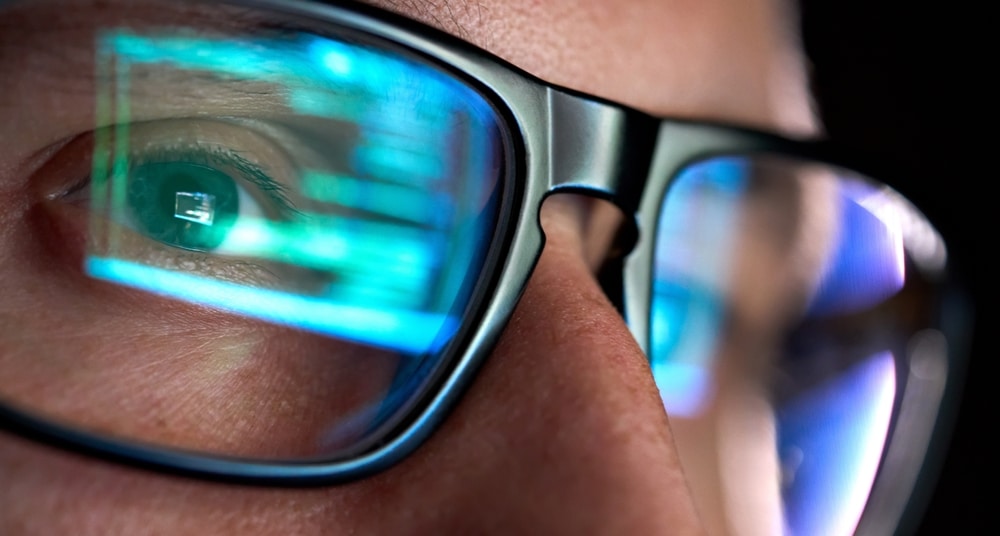AI Outperforms Humans in Creative Thinking, New Study Reveals
In a study by the University of Arkansas, artificial intelligence has once again surpassed human capabilities, this time in the realm of creative thinking. Employing ChatGPT-4, researchers pitted AI against human participants in a series of tests designed to measure divergent thinking—a key indicator of creativity.
The findings reveal that AI not only matches but exceeds human performance in generating original and elaborate solutions to open-ended questions. This research marks a significant milestone in our understanding of AI’s potential, challenging the traditional view of creativity as a uniquely human attribute.
Measuring Creativity Across Diverse Tasks
Divergent thinking is the cornerstone of creative thought, characterised by the ability to generate multiple unique solutions to a problem without a predetermined answer. In their study, the University of Arkansas researchers evaluated this ability through three distinct tests: the Alternative Uses Task, the Consequences Task, and the Divergent Associations Task.
Each of these tests was designed to push the boundaries of conventional thinking and assess the creative potential of the participants. The Alternative Uses Task asked for innovative applications for everyday items like a fork or rope, encouraging participants to look beyond standard uses. The Consequences Task probed the imaginative foresight of participants by having them predict the outcomes of hypothetical scenarios, such as the implications of humans not requiring sleep.
Lastly, the Divergent Associations Task challenged both human and AI participants to generate a list of ten nouns as semantically distant from each other as possible, testing the breadth and flexibility of their conceptual associations. This comprehensive approach allowed for a nuanced assessment of creative capabilities, providing a rich dataset for comparison between human and artificial intelligence creativity.
AI’s Creative Superiority Unveiled
The University of Arkansas study’s findings unequivocally demonstrated ChatGPT-4’s superior performance over human participants in divergent thinking tasks, showcasing AI’s burgeoning creativity. In the Alternative Uses Task, GPT-4’s solutions were not only more numerous but showcased higher originality and elaboration. This was evident in the study’s summary, which noted, “Overall, GPT-4 was more original and elaborate than humans on each of the divergent thinking tasks, even when controlling for fluency of responses.” This level of performance challenges the preconceived notion that creativity is a uniquely human attribute.
The study’s Consequences Task further illustrated AI’s advanced predictive capabilities, with AI generating outcomes for hypothetical scenarios that were both insightful and imaginative, surpassing the creative foresight of human responses. Similarly, the Divergent Associations Task highlighted ChatGPT-4’s unmatched ability to conceive nouns with significant semantic distances, indicating a superior capacity for abstract thought. The researchers pointed out, “In other words, GPT-4 demonstrated higher creative potential across an entire battery of divergent thinking tasks,” showcasing the AI’s advanced cognitive processing capabilities beyond traditional human ingenuity.
Reflecting on AI’s Role in Future Creativity
The implications of the University of Arkansas’s study extend far beyond the realms of academic research, presenting a profound commentary on the evolving synergy between human and artificial intelligence. Kent F. Hubert and Kim N. Awa, in their discussion, reflect on the nature of AI’s creativity, stating, “AI, unlike humans, does not have agency” and is “dependent on the assistance of a human user. Therefore, the creative potential of AI is in a constant state of stagnation unless prompted.” This observation highlights a crucial aspect of AI’s creativity—it flourishes as a collaborative force rather than an independent entity.
The research also prompts a reevaluation of creativity assessment methods, suggesting that traditional measures might not fully capture AI’s creative capabilities. As noted by the authors, “It is important to note that the measures used in this study are all measures of creative potential, but the involvement in creative activities or achievements is another aspect of measuring a person’s creativity.” This distinction between potential and actual creative achievement highlights an area ripe for further exploration, particularly in understanding how AI’s creative suggestions translate into real-world applications and innovations.
The study’s findings encourage a forward-looking perspective on AI’s role in creative processes. The authors see AI not as a replacement for human creativity but as a catalyst for expanding our creative horizons: “Moving forward, future possibilities of AI acting as a tool of inspiration, as an aid in a person’s creative process, or to overcome fixedness is promising.” This vision aligns with the growing trend of leveraging AI in creative industries, from generating novel design concepts to overcoming creative blocks in writing and art.
Towards a Collaborative Future of Creativity
The study conducted by the University of Arkansas not only showcases AI’s capacity to match and surpass human creativity in specific tasks but also opens the door to a future where AI could become an indispensable partner in the creative process. The potential for AI to act as a muse, a collaborator, or even a catalyst for overcoming creative blocks is immense. As highlighted in the study, “AI’s lack of agency means it operates best with human guidance, transforming it from a mere tool to a partner in the creative journey.”
The distinction between creative potential and actual creative achievements discussed by Hubert, Awa, and Zabelina points to an exciting frontier for further research. It suggests that while AI can generate ideas with high originality and elaboration, the translation of these ideas into tangible outcomes still requires human intervention and interpretation. This interdependence underscores the complementary nature of human and AI creativity.
Reflecting on the future, the promise of AI as “a tool of inspiration, as an aid in a person’s creative process, or to overcome fixedness” is not only promising but transformative. Envisioning a collaborative ecosystem where AI and humans co-create, the possibilities for innovation in art, science, design, and beyond are boundless.
References
- Hubert, K., Awa, K. N., & Zabelina, D. L. (2024, February 10). The current state of artificial intelligence generative language models is more creative than humans on divergent thinking tasks. Scientific Reports. https://doi.org/10.1038/s41598-024-53303-w
- AI outperforms humans in standardized tests of creative potential. (2024, March 24). ScienceDaily. https://www.sciencedaily.com/releases/2024/03/240301134758.htm














